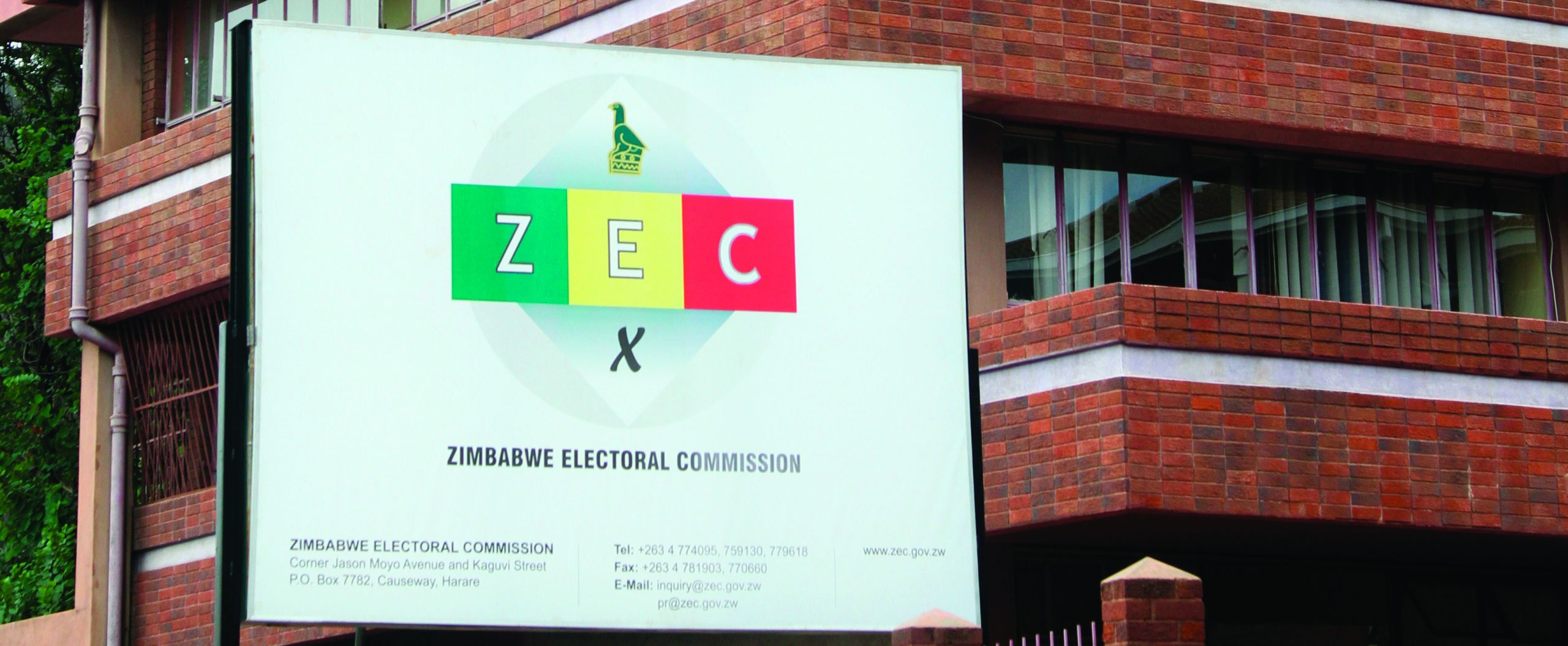
BY FAY CHUNG
Zimbabwe’s international debt keeps increasing.
It is now more than US$10 billion.
It is linked to the annual corruption, which is estimated at about US$1.8 billion.
Every year the auditor-general provides a report of both.
Unfortunately, the auditor-general’s report is always two or three years later.
It is published and circulated, but little nothing comes of it.
Some of it goes to court, which takes another two or three years.
- Chamisa under fire over US$120K donation
- Mavhunga puts DeMbare into Chibuku quarterfinals
- Pension funds bet on Cabora Bassa oilfields
- Councils defy govt fire tender directive
Keep Reading
Generally the court cases fail, as there is not enough legal evidence to convict.
It is important to note that the court cases are centred on individuals, either the person who approved the payment or over-payment, or the recipient of such payment.
Seldom does it examine the system or systems, which made such payments or corruption possible.
Which organisation or institutions agree to the initial amount?
Is it Parliament, Treasury or the Reserve Bank?
There is a similar problem in terms of actual transfers: Who decides on how much is to be distributed, when, by whom and to whom?
It is essential that these systems and details are known beforehand, so they can be corrected or cancelled. It is too late to do such adjustments two to six years later.
Most of the transfers and corruption are linked to monetary decisions initially made by ministries through their officials, provinces, districts, and institutions.
Ministries start preparing their budgets in February.
Usually these are presented to Treasury by October each year.
They are scrutinised and approved in draft form then sent to Cabinet.
The drafts are then presented to Parliament in November each year.
They are adjusted and approved by Parliament, and then the ministries are free to start utilising.
In other words the four important institutions above examine and approve the amounts over a period of a year.
Weaknesses in the initial and approved drafts reflect on the various strengths and weaknesses of each ministry initially, followed by Treasury, Cabinet and Parliamentary scrutiny and approval.
Given this intensive and extensive scrutiny the details should have been open to scrutiny at different periods by different responsible authorities.
For example, does each school or clinic know what is needed and what they are likely to get at the various stages, or do they end up receiving a big surprise?
Initial weaknesses may be evident at the civil service level.
I will give an example of education since it is familiar.
Requests come from the base line, i.e. from the school.
It is based on the number of students in the previous year, from which the number of teachers can be calculated.
This goes up to the district, regional and head offices, which put the needs of the whole country together.
The numbers of students and teacher have become fairly stable, with 96% of primary and 49% of secondary age coming to school.
Teacher pupil ratios are stable.
However, problems arise when other ministries interfere, e.g. Treasury or Ministry of Public Service, which do not know much about education, but may nevertheless make decisions which will affect the budget.
Major changes that have been made include changing the teacher-pupil ratio — this was changed from 1:40 to 1:22 for primary in 2002, thus potentially doubling the cost of teachers pay.
However, there were not enough qualified teachers, so the ministry employed unqualified teachers.
As a result the Grade 7 results shrank from 72% passes to about 30%.
Secondly, as there was then a severe shortage of funds, Treasury cut off funds for textbooks (about 2-3% of the budget) and for school construction (about 2-3% of the budget.)
The result was fewer qualified teachers, no textbook and no school construction and maintenance.
Teachers were not well paid but their pay soon came to 90% of the budget, with no money for supervision and in-service training.
Can adjustments be made at the different stages of decision-making?
Yes and no, depending on the personnel and their qualifications and experience.
Yes, dozens of adjustments can be made, e.g. adjusting the TP ratio and having qualified teachers supervising unqualified teachers.
Generally junior staff will accept what senior staff approve, so even when their initial wishes are expressed they may not be respected.
Qualifications and experience also matter at ministerial levels and above.
Generally Zimbabwe has spent about 20% of its total budget on education, and it is not able to increase this unless the money is taken from other ministries.
At times Zimbabwe has had as many as 40 ministries.
The more the ministries, the more the bureaucrats.
This is particularly so if several ministries have the same responsibilities.
Financial planning is critical.
In the example of education above, when more than 90% of the budget is spent on salaries, and nothing on textbooks, construction and supervision, it is impossible for education to do well.
However, even in Education and Health which are very dependent on human staff, internet, telephones, textbooks, can lessen their work.
Finally we need to examine the millions and billions of US dollars spent on contracts.
Government has sometimes been able to carry out these responsibilities by itself, but sometime contracts have been necessary.
In education, primary and secondary schools have largely been built by parents, with planning, supervision and a small subsidy provided by the ministry.
However, large and sophisticated buildings are usually built by private companies.
These include college and university buildings and workshops.
In early independence the ministry built a number of large institutions: Seke Teachers College was built for US$3 million in 1979; Belvedere Technical Teachers’ College for about US$16 million; the Education Service Centre with over 200 offices, lecture hall, library, laboratory, gymanastic stadium, etc., for about US$5 million.
These are enormous constructions, and each cost less than US$20 million.
Today very large contracts are offered by government to private enterprise, coming to about a hundred million dollars each.
The decision-makers may not be competent to judge the cost details, although advice can be obtained both within the country and internationally.
There are excellent professional associations which can provide advice.
There are also international and regional professional associations which can provide advice.
Given that the preparation time for such contracts may take over a year, there is ample time for accurate estimates.
There is some suspicion that officials and ministers may favour unqualified and inexperienced companies and individuals, and there have been some outrageous examples.
There is clearly not sufficient systems control to avoid such excesses.
Simple measures that can be utilised include:
- Utilisation of international or regional professional bodies to advise on specifications and prices. Roads, dams and mines, etc., all have specialized professional bodies.
- Allowing Cabinet and Parliament to examine the specifications and prices at earlier stages, thus allowing greater technical inputs. Contract offers could be broken down in order to allow such scrutiny.
The inherited Rhodesian system where each ministry had its own specialists, e.g. for construction or textbooks, needs to be re-examined. This was very reasonable in the pre-independence period, with very few companies and specialists, but is much more difficult today when the number has increased exponentially. The pre-independence system allowed the minister to nominate his favourites. This was reasonable as the Rhodesians knew each other and each company well: most individuals received training from government and most companies were initially formed by government. Ministers today are in a powerful position to recommend those companies and individuals whom they favour, and these are then selected by their ministry. The utilisation of the Cabinet Office to check on nominated officials and companies is a welcome move. The utilisation of international, regional and professional associations identified above is laudable.
Finally before a contract is signed all the above requirements should be available to Cabinet, and later to Parliament before the contract is signed. This will enable this system to provide adjustments and check-ups more expeditiously.
Conclusion
Contracts in the early days of independence were less than US$20 million each.
If contracts were decentralised to provinces and districts it will be possible to provide lower amounts per contracts.
Moreover local authorities will be in a better position to judge local companies and their members, obviating one of the main causes of corruption which is favouritism by officials or ministers.
- Chung was a secondary teacher in the townships; lecturer in polytechnics and universities; teacher trainer in the liberation struggle; civil servant and UN civil servant and Primary and Secondary Education.
- These articles are coordinated by Lovemore Kadenge an independent consultant, past president of the Zimbabwe Economics Society (ZES) and past president of the Chartered Governance and Accountancy Institute (CGI Zimbabwe). Email: [email protected] and Mobile No. +263 772 382 852










